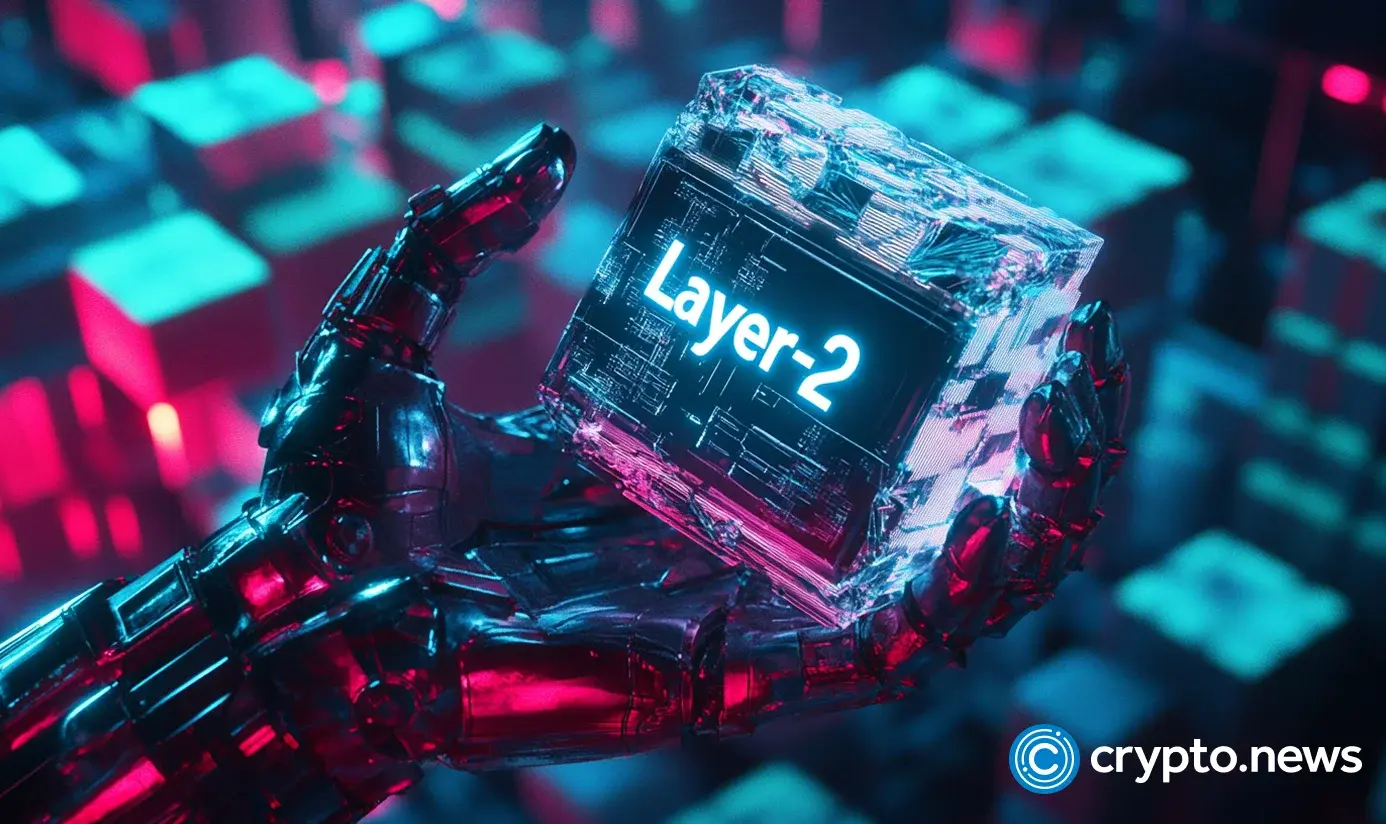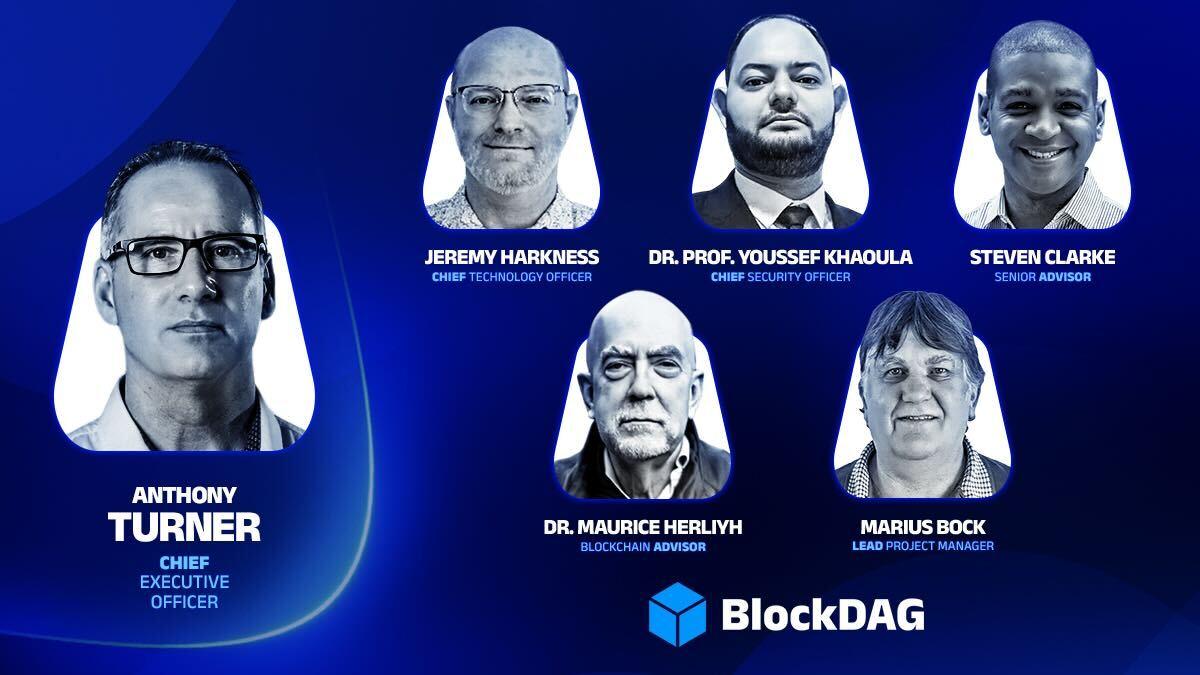The second quarter of 2025 has been a reality check for blockchain scaling. As capital continues to pour into rollups and sidechains, the cracks in the layer-2 (L2) model are widening. The original promise of L2s was simple: scalability for layer-1 (L1) blockchains. However, the mounting costs, delays, and fragmentation in liquidity and user experience present growing challenges.
New projects, such as stablecoin payments, are beginning to question the L2 paradigm. Are L2s truly secure? Are their sequencers potential single points of failure or censorship? Many are adopting a pessimistic view, suggesting that fragmentation might be inevitable in Web3. This raises a critical question: are we building a future on a solid foundation or a house of cards? L2s must confront and answer these concerns.
After all, if Ethereum’s (ETH) base consensus layer were inherently fast, cheap, and infinitely scalable, the entire L2 ecosystem as we know it today would be redundant. Numerous rollups and sidechains have been proposed as “L1 add-ons” to mitigate the inherent constraints of the underlying L1s. This situation resembles a form of technical debt—a complex and fragmented workaround offloaded onto Web3 users and developers.
To move forward, we must deconstruct the entire concept of an L2 into its fundamental components. Doing so will help reveal a path toward a more robust and efficient design.
—
### An Anatomy of Layer-2s
**Structure determines function.** This basic principle, common in biology, holds true for computer systems as well. To determine the proper structure and architecture of L2s, we must carefully examine their core functions.
At its heart, every L2 performs two critical roles:
– **Sequencing:** Ordering transactions.
– **Computing and proving the new state.**
A sequencer—whether a centralized entity or a decentralized network—collects, orders, and batches user transactions. This batch is then executed, producing an updated state, such as new token balances.
—
### Differences Among Rollups
– **Optimistic Rollups** assume all state transitions are valid and rely on a challenge period (often seven days) where anyone can submit fraud proofs. Although this approach provides security, it creates a major user experience trade-off: long finality times.
– **ZK Rollups** (Zero-Knowledge Rollups) use zero-knowledge proofs to mathematically verify every state transition before it reaches L1. This method enables near-instant finality. The trade-off is complexity and high computational demands. Moreover, ZK provers themselves can be buggy, potentially causing catastrophic failures. Formal verification, if even feasible, remains very expensive.
—
### Sequencing: Governance and Design Choices
Sequencing is both a governance and design choice for each L2. Some projects prefer centralized sequencers for efficiency—or possibly for the power to censor—while others opt for decentralized sequencers to prioritize fairness and resilience.
Ultimately, L2s decide their own sequencing mechanisms.
—
### State Claim Generation and Verification: A New Opportunity
Once a batch of transactions is sequenced, computing the next state is purely computational. This task can be executed by a single supercomputer focused solely on raw speed, without the overhead of decentralization.
Interesting enough, this supercomputer could be shared across multiple L2s.
After a new state claim is generated, verification becomes a separate, parallelized process. A vast network of verifiers can work simultaneously to validate the claim. This approach reflects the philosophy behind Ethereum’s stateless clients and high-performance implementations like MegaETH.
—
### Parallel Verification Is Infinitely Scalable
Parallel verification is theoretically infinitely scalable. No matter how fast the L2s—and the shared supercomputer—produce state claims, the network of verifiers can catch up by simply adding more verifiers.
The only latency introduced is the verification time, which is fixed and minimal. This represents the theoretical optimum of using decentralization effectively: to **verify, not compute**.
—
### The Final Step: Settlement on Layer-1
After sequencing and state verification, the L2’s job is almost done. The final step is publishing the verified state to a decentralized network—the L1—for ultimate settlement and security.
However, this step exposes a fundamental problem: blockchains are terrible settlement layers for L2s.
The main computational work is done off-chain, yet L2s must pay a massive premium to finalize on L1. There’s a dual overhead here:
1. **Limited Throughput:** The L1’s capacity is constrained and burdened by the linear ordering of all transactions, leading to congestion and high costs for posting data.
2. **Finality Delay:** L1 consensus adds inherent delays. For ZK Rollups, this delay is in minutes, while Optimistic Rollups face a week-long challenge period—a costly but necessary security trade-off.
—
### Farewell to the “Total Order” Myth in Web3
Since Bitcoin (BTC), the blockchain community has tried to squeeze all transactions into a **single total order**. After all, that’s how blockchains traditionally operate.
Unfortunately, this “total order” approach is costly and overkill for L2 settlement. Ironically, one of the world’s largest decentralized networks—Ethereum, the world’s computer—behaves like a single-threaded desktop.
It’s time to move on.
The future belongs to **local, account-based ordering**, where only transactions interacting with the same account need to be ordered. This approach unlocks massive parallelism and true scalability.
Global ordering implies local ordering, but it is a naive and simplistic solution that unnecessarily limits performance.
—
### Embracing Modern Distributed Systems Theory
The distributed systems field has already evolved beyond the 1980s’ strong consistency model—which blockchains implement—to the 2015-era strong eventual consistency model. This new model unleashes parallelism and concurrency.
It’s time for the Web3 industry to follow suit, leaving behind outdated paradigms and embracing forward-looking scientific progress.
—
### The End of the L2 Compromise
The age of the L2 compromise is over. It’s time to build on a foundation designed for the future—one that will serve as the launchpad for the next wave of mass Web3 adoption.
https://crypto.news/l2-compromise-is-broken-its-time-for-a-new-foundation/



